The Children’s Orthopaedic Hospital Parent’s Association Auxiliary
Founded by the parents of long-term patients, this Auxiliary provided support in the way of fundraising and food donations.

Railway Employees Auxiliary
Jake Attrill, father of a patient, organised for around 5,000 of his railway colleagues to donate regularly straight from their pay cheque.
Change to Admissions Criteria
The hospital began to admit all children irrespective of their family’s financial situation.
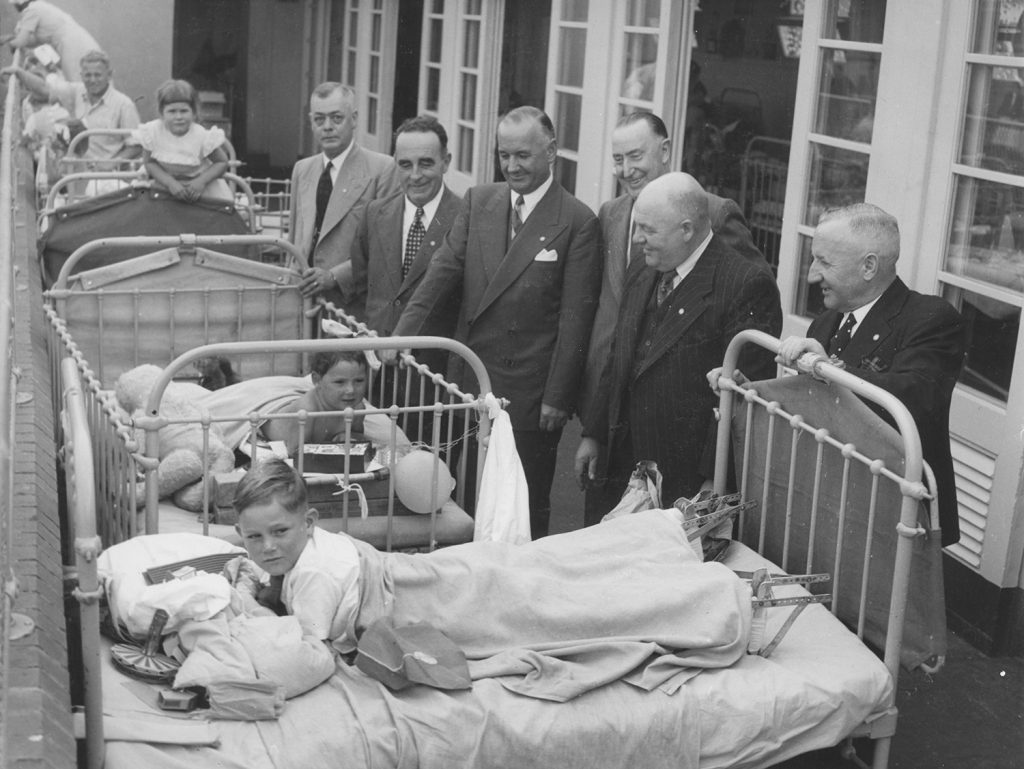
Foundation of the Uncle Bobs Club
Alf Clarke, Clarrie Williams, Jock McAdam, and Ray Fisher were the founding members, inspired by a patient they knew at The Children's Orthopaedic Hospital.
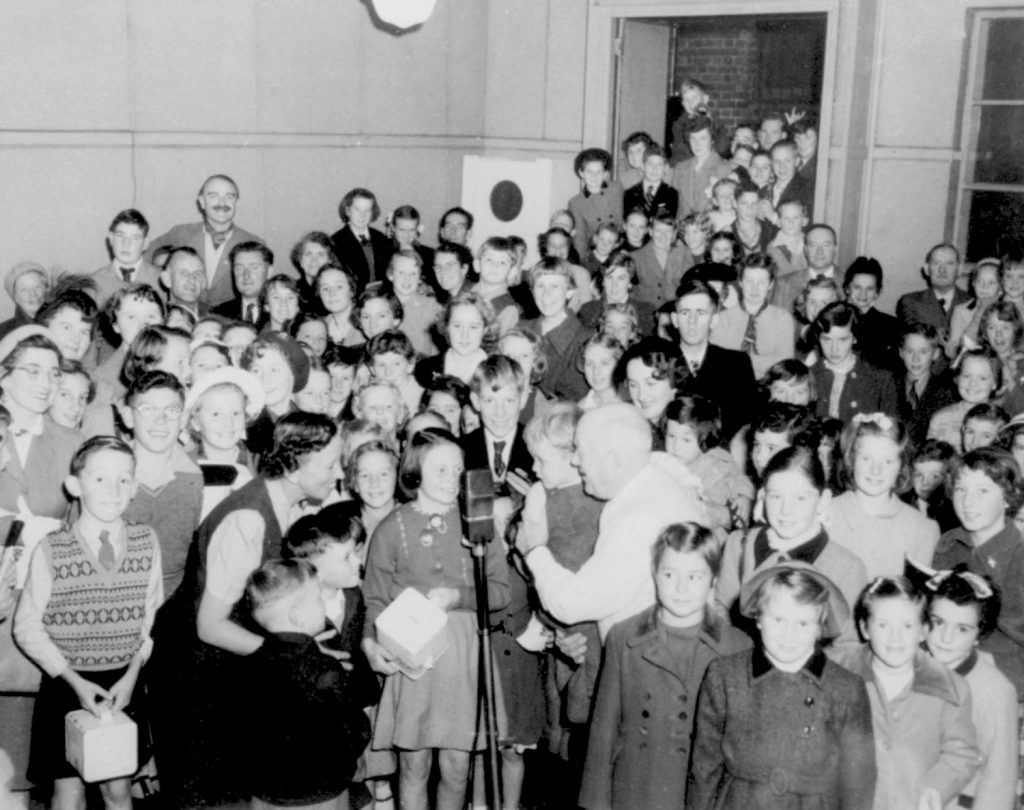
First Good Friday Radio Appeal
April 3rd, 1942
Jim Blake suggested the idea of holding an all-day radio appeal. Under the direction of Sir Keith Murdoch, 3DB supplied a platform and The Herald and Weekly Times covered all expenses. They raised £8,310.

Dr Elizabeth Turner
The first woman to become medical superintendent at the hospital, Turner also administered the hospital’s first penicillin treatment in 1944 and was instrumental in the development of a travelling incubator to help bring babies to the hospital.
Beginning of the Antibiotic Era
First discovered by Sir Alexander Fleming in 1928, antibiotics entered general use at the hospital in the 1940s.
End of the Second World War
September 2nd, 1945
Influx of Immigrant Families After the War
Late 1940s – early 1950s
Many children arriving from Europe with their families were suffering poor health from the journey and long-term malnutrition during the war. The hospital responded as best as it could, often relying on maids as interpreters.

Dr Charlotte Anderson AM
Starting in 1946, Anderson worked at the hospital until 1968. She was a pioneer in clinical research, particularly in the field of gastroenterology, where she made significant contributions to treatments of cystic fybrosis and coeliac disease. She formed the hospital’s Gastroenterology Research Unit in 1961.
Introduction of Diabetic Holiday Camps
Dr Geraldine Amies, a diabetic herself, introduced diabetic camps to help improve the quality of life for diabetic children.
Specialist Appointments
In a show of the professional developments of the time, the hospital committee appointed three new specialists: Mr Reginald Hooper as neurosurgeon; Dr Graeme Robertson as neurologist; and Mr Benjamin Rank as plastic surgeon.
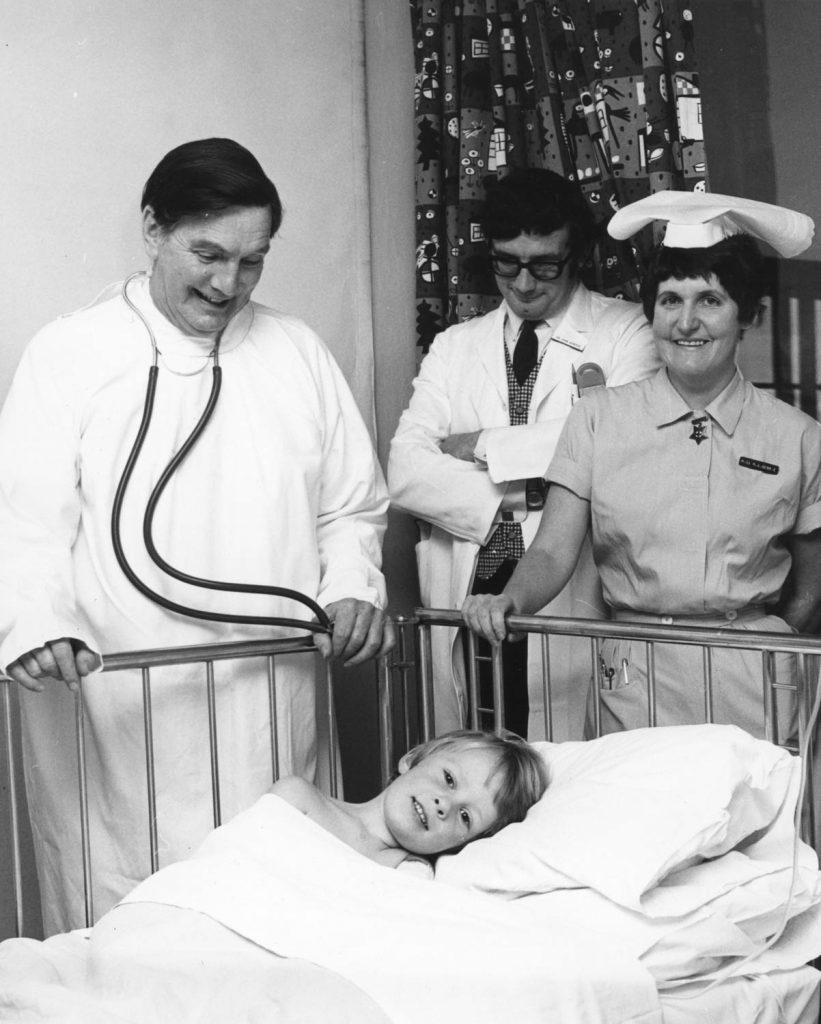
Antibiotic Streptomycin Tuberculosis Treatment
Dr Stanley Williams applied the hospital’s first treatment of tuberculosis with streptomycin.
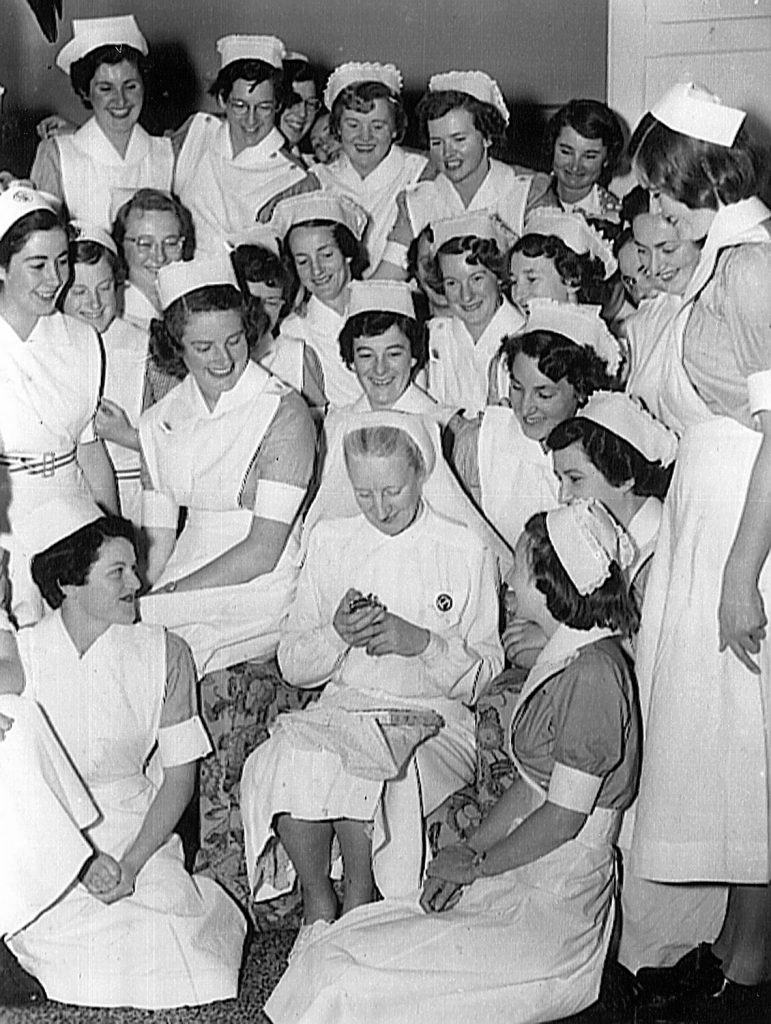
Matron Lucy de Neeve
De Neeve was with the hospital until 1962 and was a great advocate for the nursing profession, fondly remembered by her staff.
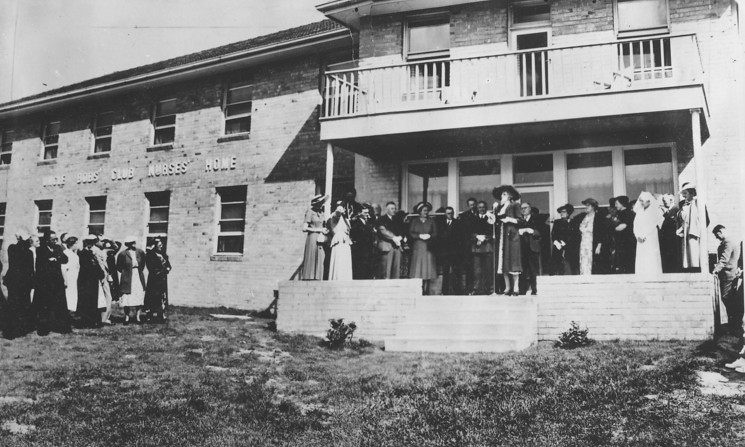
Uncle Bobs Nurses Home Opened
Medical Imaging Department Established
Cyril Murphy was the first chief photographer. Joe Szczepanski filled the role at The Children’s Orthopaedic Hospital from 1950.
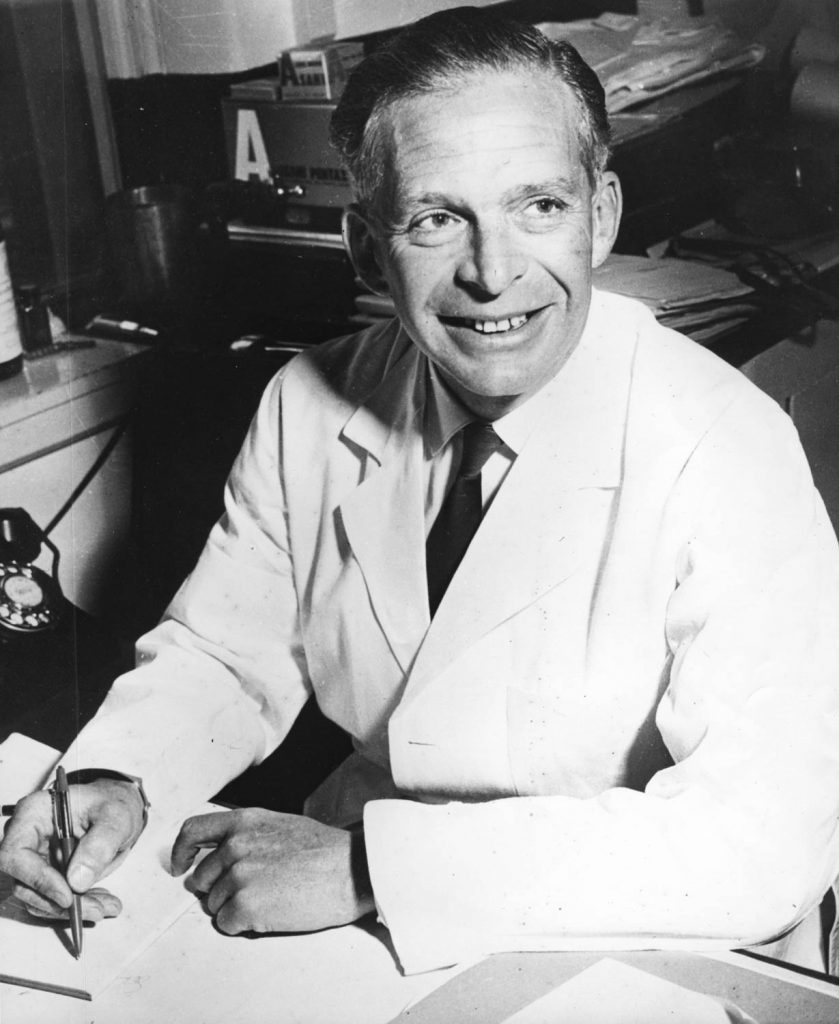
Dr John Perry
Appointed director of pathology, Perry managed an expansion of the department. He became medical director from 1960 and oversaw the move from Carlton to Parkville.
Establishment of the Clinical Research Unit
First Trials of Leukaemia Treatment
Led by Dr John Colebatch AO, the hospital implemented the world’s first controlled trial of chemotherapy treatments for leukaemia - previously considered untreatable.

New Parkville Site Allocated
10 acres of Royal Park was pegged out as the site for a new hospital premises.
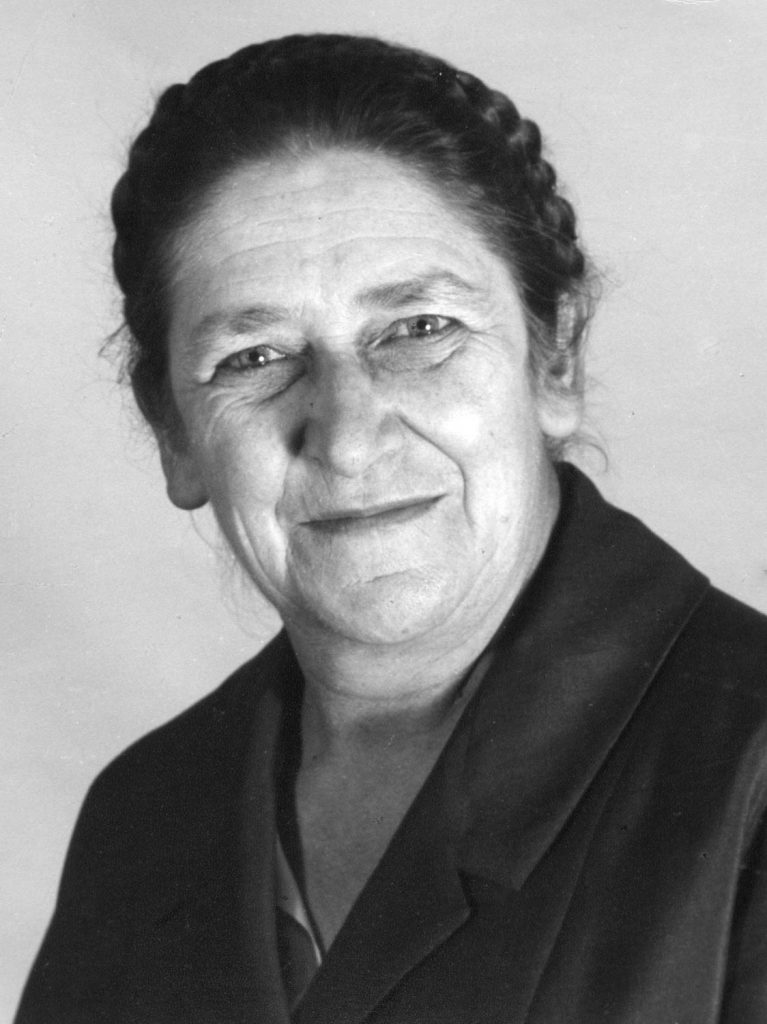
Dr Margaret (Gretta) McClelland OBE
Appointed senior paediatric anaesthetist, McClelland became the hospital’s first full-time director of anaesthesia in 1956 and was with the hospital until retirement in 1970. She was involved in improvement of anaesthetic techniques.
Library Re-named in Honour of Dr J W Grieve
After Grieve’s passing in 1948, Dr Howard Williams petitioned for the library to be named in his honour.












